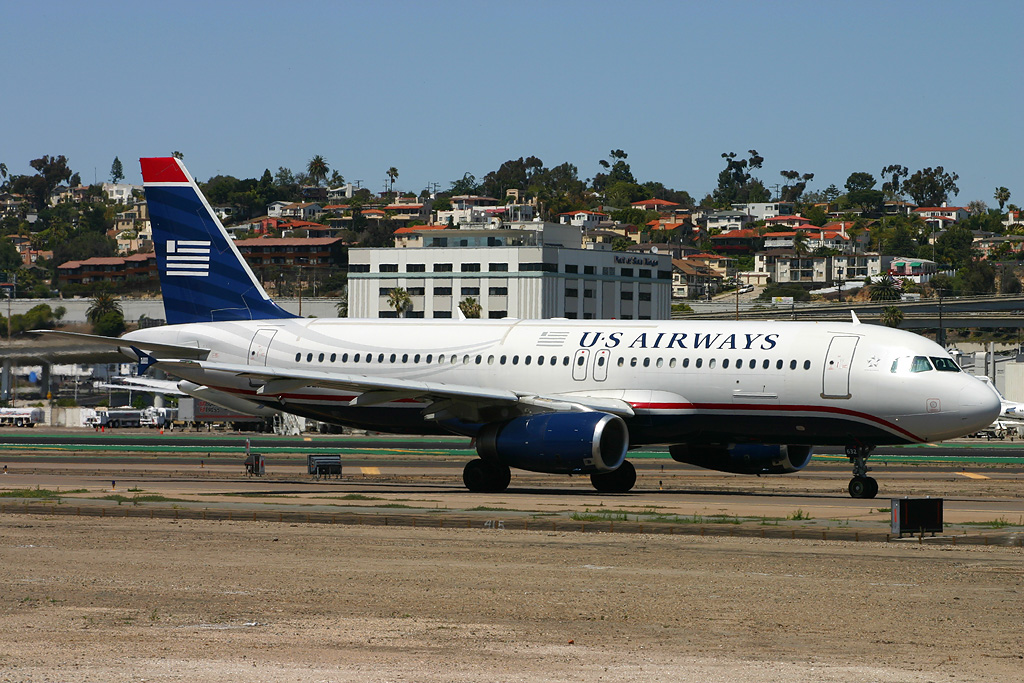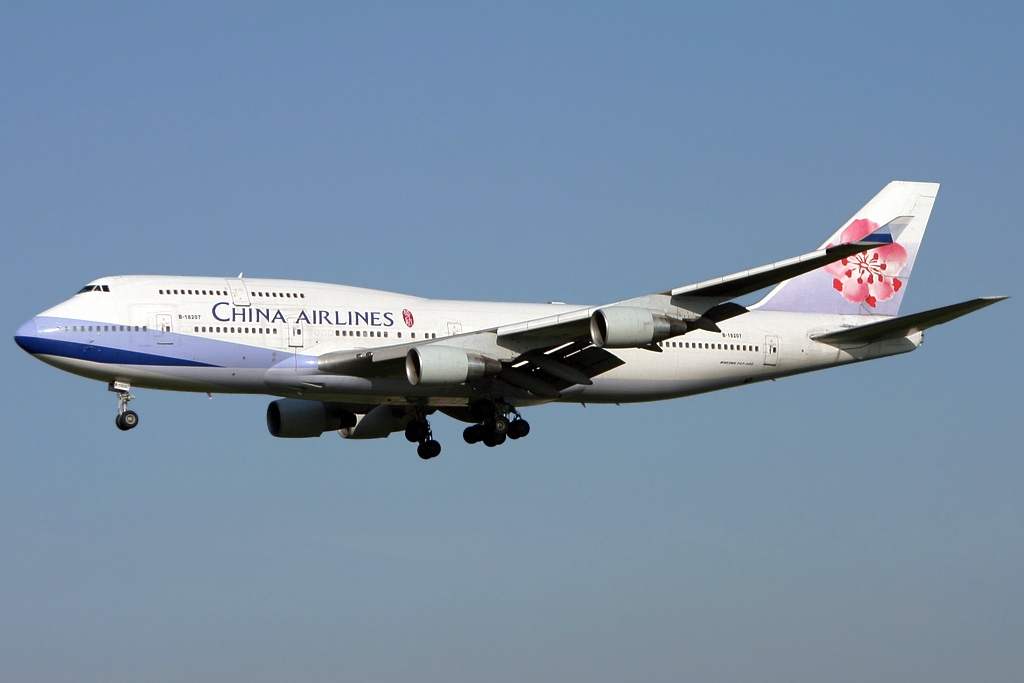Table of Contents
U.S. and China Expand Weekly Passenger Flights: Travel Between Nations Sees Easing Restrictions
Easing Travel Restrictions: U.S. and China Increase Passenger Flights
In a notable shift, the U.S. and China are set to enhance the weekly quota of passenger flights connecting the two nations, marking a significant step towards post-pandemic normalization.

Increased Flight Allowances
Starting September 1, the U.S. Department of Transportation (DOT) will permit Chinese airlines to operate 18 round trips per week to the U.S., a move aimed at accommodating an expected rise in demand as the academic year commences.
Expanding Bilateral Agreements
By October 29, the cap on Chinese passenger flight arrivals will double, allowing 24 roundtrip flights per week. In reciprocation, the U.S. has secured the same increase for American carriers flying to China.
Revival Amid Changing Dynamics
China’s relaxation of quarantine rules has spurred renewed interest in travel between the two nations, triggering the decision to bolster air traffic connections.
Industry Resilience and New Routes
Airlines are already responding to the lifted cap with plans for resumed and new flights. For instance, Air China seeks to add a Beijing-Los Angeles route, while United Airlines is set to relaunch flights from San Francisco to Beijing and Shanghai.
Amid evolving air travel dynamics and the gradual restoration of cross-border mobility, the accord showcases a joint effort to rebuild connections and strengthen the bridge between the U.S. and China.

Progressive Flight Enhancement
The U.S. Department of Transportation (DOT) has approved a phased approach to augment flight frequencies. Starting September 1, Chinese carriers are granted permission for 18 round trips per week to the U.S., offering a timely boost for anticipated back-to-school travel.
Doubling Flight Limits
Aiming to further amplify air travel accessibility, the cap on weekly Chinese passenger flights will double to 24 roundtrip flights by October 29. This reciprocal gesture extends to U.S. carriers operating in China, aligning with a balanced expansion of cross-border travel opportunities.
Amplifying Connectivity Amid New Normal
The adjustment is a response to the evolving dynamics of travel demand between the two nations. With China’s relaxation of quarantine norms and the gradual return of passenger confidence, an uptick in air travel is anticipated.
Airline Response and Prospective Routes
Buoyed by the increased allocations, airlines are gearing up to revamp their flight offerings. Air China seeks to introduce a new Beijing-Los Angeles route, while United Airlines is set to reintroduce flights from San Francisco to Beijing and Shanghai, aligning with the growing interest in intercontinental travel.
Balancing Economic and Safety Factors
The bilateral agreement reflects an equilibrium between stimulating economic activities and ensuring passenger safety. As both countries strategically manage travel resumption, this collaborative approach aims to rejuvenate trade, cultural exchange, and interpersonal connections.
Airspace Constraints and Evolving Challenges
While progress is underway, certain hurdles remain, particularly for East Coast flights that need to navigate Russian airspace. However, both nations are working towards addressing these logistical challenges, as demonstrated by their commitment to bolster air traffic.
As air travel reclaims its role in fostering global relationships and economic growth, the U.S. and China’s shared commitment to facilitating safe and seamless cross-border mobility lays a promising foundation for a vibrant future. This joint endeavor reflects a concerted effort to reconnect people, reignite commerce, and strengthen the bridge between two influential nations.
Leave a Reply